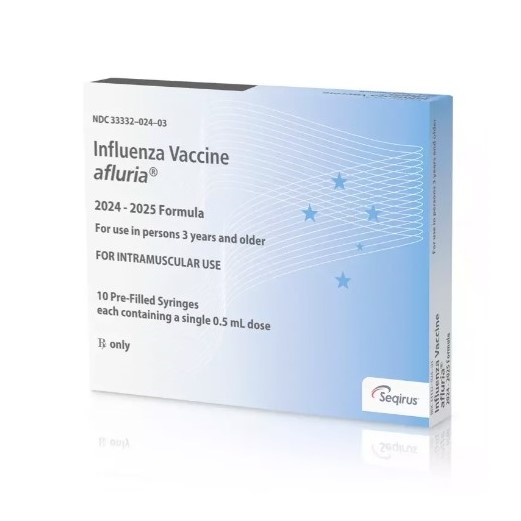LIDOCAINE HYDROCHLORIDE AND EPINEPHRINE BITARTRATE- lidocaine hydrochloride and epinephrine bitartrate injection, solution IQ Dental ---------- Lidocaine HCl 2% and Epinephrine 1:50,000 Injection Lidocaine HCl 2% and Epinephrine 1:100,000 Injection Lidocaine (Lidocaine hydrochloride and epinephrine injection, USP Rx only Solutions for local anesthesia in Dentistry HOW SUPPLIED - Lidocaine Hydrochloride 2% and Epinephrine 1:50,000 injection is available in cardboard boxes containing 5 blisters of 10 x 1.7 mL cartridges. - Lidocaine Hydrochloride 2% and Epinephrine 1:100,000 injection is available in cardboard boxes containing 5 blisters of 10 x 1.7 mL cartridges. Store at controlled room temperature, below 25°C (77°F). Protect from light. Do not permit to freeze. BOXES : For protection from light, retain in box until time of use. Once opened, the box should be reclosed by closing the end flap. Do not use if color is pinkish or darker than slightly yellow or if it contains a precipitate. STERILIZATION : STORAGE AND TECHNICAL PROCEDURES Cartridges should not be autoclaved, because the closures employed cannot withstand autoclaving temperatures and pressures. If chemical disinfection of anesthetic cartridges is desired, either isopropyl alcohol (91%) or 70% ethyl alcohol is recommended. Many commercially available brands of rubbing alcohol, as well as solutions of ethyl alcohol not of U.S.P grade, contain denaturants that are injurious to rubber and, therefore, are not to be used. It is recommended that chemical disinfection be accomplished just prior to use by wiping the cartridge cap thoroughly with a pledge of cotton that has been moistened with recommended alcohol. Certain metallic ions (mercury, zinc, copper, etc.) have been related to swelling and edema after local anesthesia in dentistry. Therefore, chemical disinfectants containing or releasing these ions are not recommended. Antirust tablets usually contain sodium nitrite or some similar agents that may be capable of releasing metal ions. Because of this, aluminium sealed cartridges should not be kept in such solutions. Quaternary ammonium salts, such as benzalkonium chloride, are electrolytically incompatible with aluminium. Cartridges of Lidocaine and Epinephrine Injections are sealed with aluminium caps and therefore should not be immersed in any solution containing these salts. To avoid leakage of solutions during injection, be sure to penetrate the center of the rubber diaphragm when loading the syringe. An off-center penetration produces an oval shaped puncture that allows leakage around the needle. Other causes of leakage and breakage include badly worn syringes, aspirating syringes with bent harpoons, the use of syringes not designed to take 1.7 mL cartridges, and inadvertent freezing. Cracking of glass cartridges is most often the result of an attempt to use a cartridge with an extruded plunger. An extruded plunger loses its lubrication and can be forced back into the cartridge only with difficulty. Cartridges with extruded plungers should be discarded. Store at controlled room temperature, below 25°C (77°F). Manufactured by: Novocol Pharmaceutical of Canada, Inc. 25 Wolseley Court, Cambridge, ON N1R 6X3 Made in Canada PRINCIPAL DISPLAY PANEL - 1.7 mL Cartridge Carton NDC 42756-1030-5 LIDOCAINE HCl 2% and EPINEPHRINE 1:100,000 Injection (LIDOCAINE HYDROCHLORIDE AND EPINEPHRINE INJECTION,USP) 50 Cartridges • 1.7 mL each FOR DENTAL BLOCK AND INFILTRATION ONLY Rx Only dult For normal healthy adults, the amount of lidocaine HCI administered should be kept below 500 mg, and in any case, should not exceed 7 mg/kg (3.2 mg/lb) of body weight. DOSAGE AND ADMINISTRATION The dosage of Lidocaine and Epinephrine Injections, USP depends on the physical status of the patient, the area of the oral cavity to be anesthetized, the vascularity of the oral tissues, and the technique of anesthesia used. The least volume of solution that results in effective local anesthesia should be administered; time should be allowed between injections to observe the patient for manifestations of an adverse reaction. For specific techniques and procedures of a local anesthesia in the oral cavity, refer to standard textbooks. For most routine dental procedures, Lidocaine and Epinephrine 1:100,000 Injection is preferred. However, when greater depth and a more pronounced hemostasis are required, a 1:50,000 Epinephrine concentration should be used. Dosage requirements should be determined on an individual basis. In oral infiltration and / or mandibular block, initial dosages of 1.0 - 5.0 mL (1/2 to 2.5 cartridges) of Lidocaine and Epinephrine Injections are usually effective. In children under 10 years of age, it is rarely necessary to administer more than one-half cartridge (0.9-1.0 mL or 18-20 mg of lidocaine) per procedure to achieve local anesthesia for a procedure involving a single tooth. In maxillary infiltration, this amount will often suffice to the treatment of two or even three teeth. In the mandibular block, however, satisfactory anesthesia achieved with this amount of drug, will allow treatment of the teeth of an entire quadrant. Aspiration is recommended since it reduces the possibility of intravascular injection, thereby keeping the incidence of side effects and anesthetic failures to a minimum. Moreover, injection should always be made slowly. Maximum recommended dosages for Lidocaine and Epinephrine Injections. INDICATIONS AND USAGE Lidocaine and Epinephrine Injection, USP is indicated for the production of local anesthesia for dental procedures by nerve block or infiltration techniques. Only accepted procedures for these techniques as described in standard textbooks are recommended.
Size: 1.7ML
More Information














